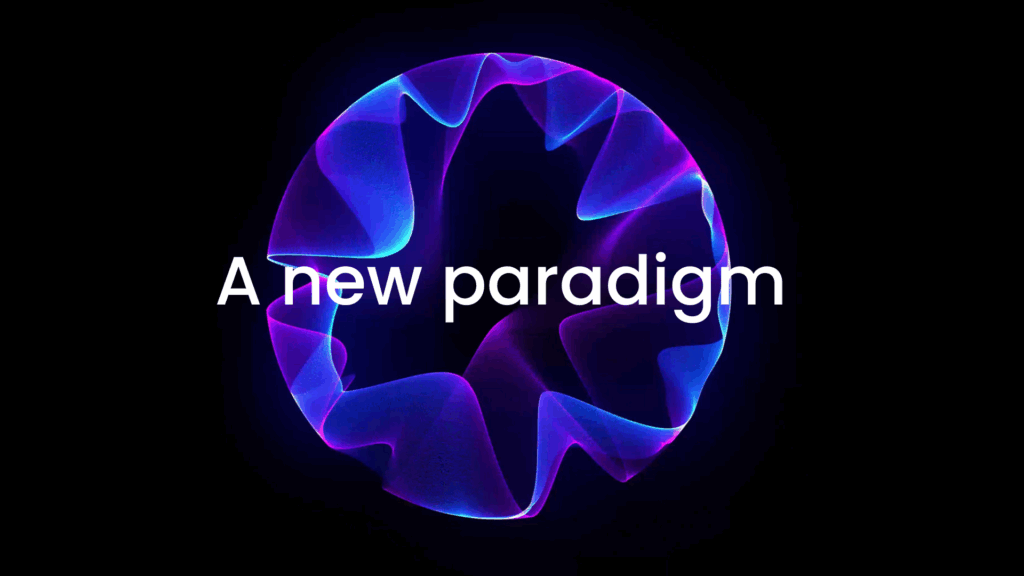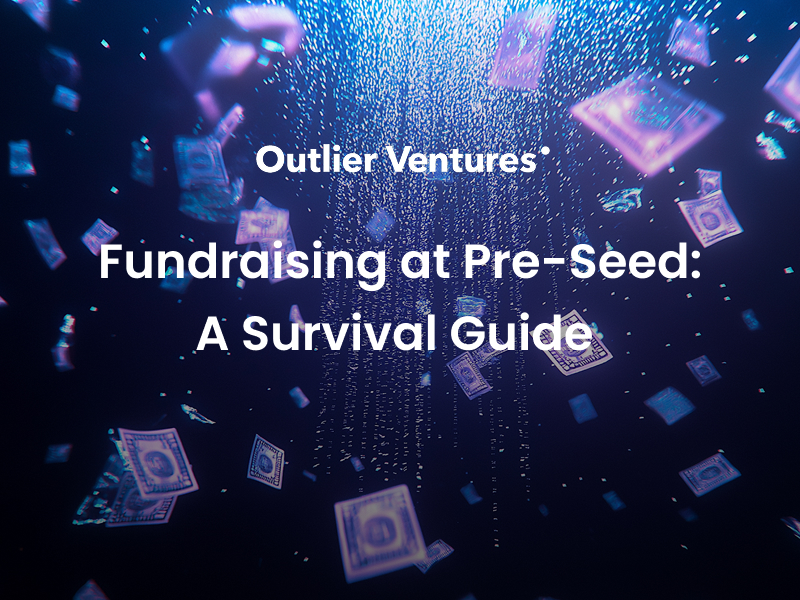Your community is your main asset, and it will significantly impact product adoption before and after TGE. Building a community is a crucial and complex task that cannot be solved through marketing budget alone. The founding team must be deeply involved in a community, because these early supporters, investors, and believers will define the success of your product launch.
Here are five key tactics to drive community growth effectively:
Testnets
Testnets are a great way to battle-test your product and technology before the final launch as well as a valuable opportunity to build a dedicated community. Consider creating a campaign around your testnet with multiple activations, channels, and gamification elements.
To attract more participants, announce incentives before the testnet goes live. Think of points programs, rare Discord roles, and other rewards for early adopters. Combine these with referral programs to bring in users with substantial social presence.
Examples to look at:
- Berachain – has ~60K unique daily testnet participants
- Linea – has ~20K unique daily testnet participants
Note: Both projects are putting a lot of effort into their testnet campaigns, but why are they doing it? It’s easier to drive hype around the project before TGE (what if it goes to the moon, right?). But after mainnet is launched, they’ll try convert early adopters into active users by providing additional perks to keep the liquidity, including staking, higher yields, and rewards.
Questing Platforms
Questing platforms can effectively kickstart your project at any stage, particularly when they are connected to a testnet. Structure your testnet into gamified steps that are clear to questing platform users. This allows participants to engage in a new testnet with potential rewards while upgrading their accounts and building their Web3 identity. As these platforms gradually transform into protocols, they may provide additional value.
When designing quests, reflect your product funnel in each step of the questing mechanics.
A couple of platforms to look at are Galxe and Zealy, but it’s also worth checking Layer3, Boost.xyz, Daylight and etc.
Pro-tip: don’t try to re-invent something that already exists, check quests that have the most participants and try to understand the logic behind those quests’ designs.
Co-marketing and Partnerships
Co-marketing and partnerships can enhance your brand/product credibility and cross-pollinate target audiences. Identify projects that can benefit your users (and vice versa) and develop co-marketing strategies. Start with announcements and X spaces, followed by questing mechanics, cross airdrops, mint/IDO whitelists, and more.
Examples:
Monad – Their unique community growth strategy requires active participation from Discord members, who are rewarded with special roles that are hard to get. W (Wormhole) had a co-marketing initiative rewarding Monad Discord role holders with an airdrop (pretty substantial). This is a win-win combination W onboarded real Web3 degen users and Monad provided additional rewards for their early supporters.
Community Retention
Attracting users to your socials and Discord server is relatively easy, but retaining them is more challenging, especially with the increasing number of dapps and protocols launching every month. This challenge is often amplified post-TGE and after distributing airdrops/community incentives.
To keep your community engaged, consider the following funnel: Educate -> Onboard -> Entertain.
Educate
Hold AMAs and product deep dives with your core community members to explain your product, its target audience, and your vision. Use simple terms and be sincere, as these members may not be tech experts. Ideally, team members should lead these sessions initially.
Onboard
After the initial educational sessions, consider an ambassador program. Delegate onboarding to power users to create a network effect and reduce your team’s workload.
Entertain
Ensure your community has fun. Plan unrelated activities such as games, movie nights, DJ sets, and trivia. Ideally, have a publicly available community engagement plan to build a habit among members (e.g., poker on Tuesdays, movies on Thursdays). While they may seem simple, these activities work wonders.
Strong communities to look at include Berachain, Monad, Mad Lads. These projects followed the mentioned framework by providing educational content and online sessions, onboarding quests and testnets, and then further engaging their community with virtual and IRL events.
KOLs and Influencers
Decent influencers are selective about collaborations. Invest time in onboarding and inspiring them with your product rather than just offering payment or token allocation. Consider them partners and power community members, and focus on building long-term relationships.
Have a clear working plan and commitment from their end. Brief them thoroughly, discuss your product roadmap, and have regular check-ins. The more involved they are in the process, the more they will talk about your product and find new ways to highlight it.
Let them speak in their own language. Their followings and charm come from their personality and content, so allow them to create and guide rather than dictate.
Pro-tip: Segment your KOLs into batches. Some excel in long-form content (“threadoors”), while others are great visual communicators. Create a different communication angle and funnel for each batch.
Conclusion
A thriving community isn’t just the cherry on top—it’s the whole sundae. By using testnets, questing platforms, and co-marketing, you can build your power-user group and keep them engaged for the long haul. Keep it simple: educate, onboard, and entertain your community, and they’ll stick around. These strategies aren’t just nice-to-haves—they’re your secret sauce for the next stage of growth.
Work with Maria Rebristaya and the Ascent team in preparation for your TGE. Apply to the Ascent Accelerator today:




